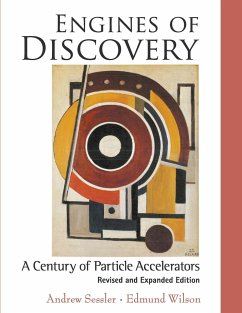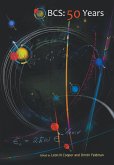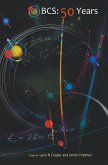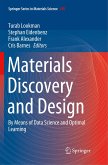Particle accelerators exploit the cutting edge of every aspect of today's technology and have themselves contributed to many of these technologies. The largest accelerators have been constructed as research tools for nuclear and high energy physics and there is no doubt that it is this field that has sustained their development culminating in the Large Hadron Collider. An earlier book by the same authors, Engines of Discovery: A Century of Particle Accelerators chronicled the development of these large accelerators and colliders, emphasizing the critical discoveries in applied physics and engineering that drove the field. Particular attention was given to the key individuals who contributed, the methods they used to arrive at their particular discoveries and inventions, often recalling how their human strengths and attitudes may have contributed to their achievements. Much of this historical picture is also to be found, little changed, in Part A of this sequel. Since the first book was written it has become clear that science, medicine and industry have a rapidly growing appetite for accelerators for other applications. Part B of this sequel, building on Part A, expands considerably on the applications of accelerators: as synchrotron radiation sources (used for material science studies, chemistry, biology), spallation sources (for neutron scattering studies), national security (screening of borders for illicit transfer of materials), medical applications (cancer therapy with external beams and isotope production for diagnostic imaging), energy, and environment (cleaning up waste streams, powering nuclear reactors and fusion). In Part B we also discuss the future development of accelerators; particularly laser/plasma devices which potentially offer considerable savings in the scale and cost accelerator construction for the more modest energies required in these new applications.
Hinweis: Dieser Artikel kann nur an eine deutsche Lieferadresse ausgeliefert werden.
Hinweis: Dieser Artikel kann nur an eine deutsche Lieferadresse ausgeliefert werden.








